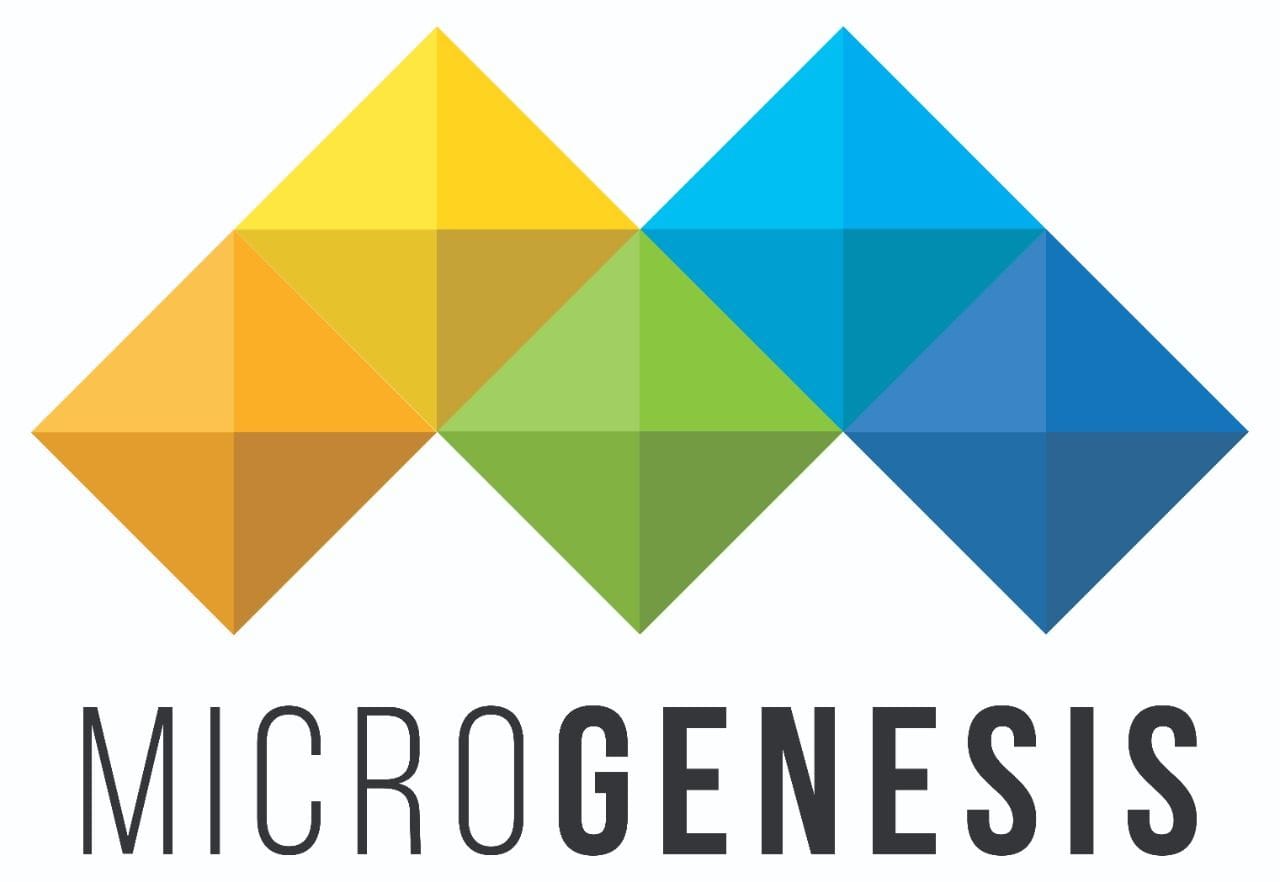Implementing Service Integration and Management (SIAM) offers immense benefits for enterprises managing multiple vendors and complex IT ecosystems. However, SIAM is not without its challenges. Organizations often encounter resistance, complexity, and misalignment when integrating diverse providers, processes, and tools.
This blog explores the most common SIAM challenges, why they occur, and actionable strategies to overcome them, based on lessons from leading enterprises.
1. Challenge: Information Overload
In multi-vendor environments, organizations can be flooded with data, ideas, and operational inputs. Without proper management, this leads to confusion, delays, and missed opportunities.
Why It Happens
- Multiple vendors generate incidents, change requests, and reports independently.
- Redundant data or duplicate tickets obscure critical insights.
- Decision-makers struggle to prioritize actions due to sheer volume of information.
How to Overcome
- Centralize Data: Use a unified SIAM platform to collect incidents, requests, and operational metrics from all vendors.
- Implement Scoring and Categorization: Classify incidents and requests based on severity, business impact, and urgency.
- Automate Filtering and Routing: Automatically assign tickets and requests to the correct provider or team.
- Prioritize High-Impact Items: Focus attention on critical issues that affect business outcomes first.
Example:
A global telecom provider consolidated incident data from three vendors into a SIAM dashboard. By categorizing tickets based on customer impact, they reduced resolution delays by 30% and eliminated redundant investigations.
2. Challenge: Misalignment Between Teams
Even when processes are standardized, teams may interpret priorities differently, causing delays, duplicated efforts, or service gaps.
Why It Happens
- Each vendor has its own culture, tools, and operational KPIs.
- Internal IT teams may prioritize internal goals over overall service outcomes.
- Lack of a shared governance model leads to conflicting priorities.
How to Overcome
- Establish a Single Source of Truth: Use SIAM dashboards to show end-to-end status and progress across all providers.
- Standardize Prioritization Frameworks: Apply consistent rules for incidents, changes, and projects.
- Shared Roadmaps and Goals: Align vendors and internal teams around business objectives, not just IT metrics.
- Regular Cross-Team Reviews: Weekly or monthly operational reviews to address misalignment proactively.
Example:
A healthcare provider introduced weekly cross-vendor operational meetings and a shared dashboard. Misaligned priorities dropped by 40%, improving SLA compliance.
3. Challenge: Lack of Data for Prioritization
Without accurate, actionable data, decisions are often subjective, leading to inefficient resource allocation.
Why It Happens
- Vendors may provide incomplete or inconsistent reports.
- Critical business metrics are disconnected from IT performance data.
- Real-time insights are unavailable due to fragmented tools.
How to Overcome
- Integrate Analytics Across Providers: Aggregate performance data, incidents, and changes into a single SIAM platform.
- Link Operational Data to Business Outcomes: Prioritize work based on impact to revenue, user satisfaction, or compliance.
- Use Predictive Analytics: Leverage historical trends to forecast potential incidents or risks.
- Continuous Feedback Loops: Validate prioritization with stakeholders regularly.
Example:
A financial firm linked incident reports to customer transaction impact. By focusing on high-value incidents, they reduced revenue-impacting outages by 20%.
4. Challenge: Resistance to Change
Teams and vendors often resist adopting SIAM due to fear of disruption, loss of autonomy, or learning new processes.
Why It Happens
- Vendors and staff may be accustomed to legacy tools or processes.
- Perceived increase in oversight can generate pushback.
- Unclear communication about SIAM benefits leads to skepticism.
How to Overcome
- Communicate the Value of SIAM: Emphasize improved collaboration, efficiency, and business outcomes.
- Start Small with Pilots: Implement SIAM in a limited scope to demonstrate tangible benefits.
- Celebrate Early Wins: Share success stories to build confidence.
- Provide Training and Support: Offer role-based workshops, guides, and hands-on sessions.
- Engage Vendors in Co-Design: Involve them in defining processes, workflows, and metrics.
Example:
A global energy company piloted SIAM with one service domain. Early improvements in SLA compliance and reduced duplication helped convince vendors to adopt the framework across the organization.
5. Challenge: Process Fragmentation
Multiple vendors may have different operational processes, tools, and workflows, causing inefficiency and lack of visibility.
Why It Happens
- Vendors operate in isolation with proprietary processes.
- Lack of standardized workflows prevents seamless collaboration.
- Reporting inconsistencies obscure cross-provider performance.
How to Overcome
- Standardize ITSM Processes Across Providers: Align incident, change, problem, and release management.
- Define Clear Workflows: Map how requests and incidents flow between providers.
- Centralize Ticketing: Use a unified platform for logging, tracking, and reporting.
- Audit Processes Regularly: Identify gaps and refine workflows to maintain alignment.
Example:
A multinational logistics company standardized its incident management process for three vendors. This reduced repeated escalations and improved visibility into root causes.
6. Challenge: Difficulty in Measuring SIAM Success
Without appropriate KPIs, organizations may struggle to quantify the value of SIAM, making it hard to justify continued investment.
Why It Happens
- Metrics focus on individual vendor performance instead of end-to-end service.
- Business outcomes are disconnected from operational KPIs.
- Lack of consolidated dashboards prevents timely decision-making.
How to Overcome
- Define End-to-End Metrics: SLA compliance, incident resolution, change success, and service availability.
- Track Collaboration and Process Efficiency: Vendor collaboration index, time-to-onboard/offboard providers.
- Link Metrics to Business Outcomes: Include CSAT, NPS, revenue impact, or operational cost savings.
- Regular Reporting and Review: Use SIAM dashboards for transparency and continuous improvement.
Example:
A global telecom provider created a SIAM scorecard combining SLA, collaboration, and business value metrics. This approach allowed leadership to track ROI and identify areas for improvement.
7. Challenge: Vendor Conflicts and Silos
Vendors may compete or operate in silos, focusing on individual KPIs rather than shared outcomes.
Why It Happens
- Misaligned incentives and lack of accountability across providers
- Limited communication channels
- Absence of governance or clear escalation paths
How to Overcome
- Establish Governance and Escalation Paths: Define roles and responsibilities clearly.
- Encourage Shared Goals: Tie vendor incentives to cross-provider collaboration and business outcomes.
- Foster Open Communication: Regular meetings, joint problem-solving, and shared dashboards.
- Monitor Collaboration Metrics: Track participation in joint initiatives and knowledge sharing.
Example:
A healthcare provider introduced a vendor collaboration index and rewarded top-performing vendors. This reduced finger-pointing and improved cross-provider incident resolution by 30%.
8. Challenge: Maintaining SIAM in Agile and DevOps Environments
Agile and DevOps bring speed and flexibility, but SIAM governance may slow down rapid iterative delivery if not adapted correctly.
Why It Happens
- Traditional SIAM governance may conflict with Agile sprints or DevOps pipelines.
- Multiple vendors may operate at different delivery cadences.
- Change approval and escalation processes may delay deployments.
How to Overcome
- Integrate SIAM with Agile and DevOps: Align governance with sprint planning, CI/CD pipelines, and automation.
- Use Automation: Automate change approvals, incident routing, and reporting to maintain speed.
- Iterative Governance: Apply SIAM rules proportionally based on risk and impact, rather than rigid controls.
- Continuous Feedback: Adjust processes as teams and vendors evolve in maturity.
Dig Deeper: Top SIAM Metrics and KPIs for Multi-Vendor Success
Example:
A fintech company integrated SIAM with DevOps pipelines across three vendors, balancing governance with rapid releases. The outcome was faster deployment without sacrificing SLA compliance.
9. Summary Table of Common Challenges and Solutions
| Challenge | Root Cause | SIAM Solution |
| Information Overload | Multiple uncoordinated inputs | Centralize data, categorize, automate routing |
| Misalignment Between Teams | Different priorities & KPIs | Shared dashboards, RACI, cross-team reviews |
| Lack of Data for Prioritization | Fragmented reporting | Integrate analytics, link to business outcomes |
| Resistance to Change | Fear, lack of clarity | Pilot programs, training, celebrate wins |
| Process Fragmentation | Vendor silos, inconsistent workflows | Standardize processes, centralize ticketing, audit workflows |
| Difficulty Measuring Success | Focus on individual vendor KPIs | End-to-end metrics, SIAM scorecards, business alignment |
| Vendor Conflicts & Silos | Misaligned incentives | Governance, shared goals, collaboration metrics |
| Maintaining SIAM in Agile/DevOps | Misaligned governance | Integrate SIAM with pipelines, automate, iterative governance |
10. Conclusion
SIAM implementation is challenging but highly rewarding. By anticipating and addressing these common challenges, organizations can:
- Achieve end-to-end service visibility
- Improve cross-vendor collaboration
- Align operations with business outcomes
- Reduce operational risk and redundancy
Successful SIAM is not a one-time effort. It requires continuous governance, automation, and cultural change to mature into a value-driven, collaborative service management ecosystem. MicroGenesis, a best IT company, helps organizations implement and sustain SIAM practices that drive efficiency, accountability, and business-aligned service outcomes.
Enterprises that overcome these challenges are better equipped to thrive in today’s cloud, Agile, and multi-vendor environments, delivering high-quality, reliable, and business-aligned services.

